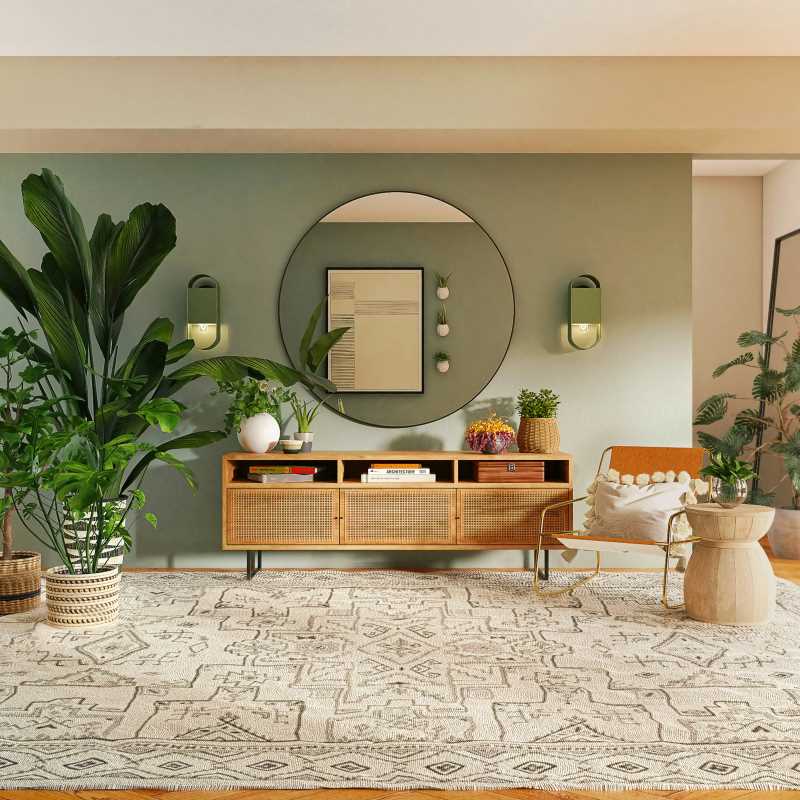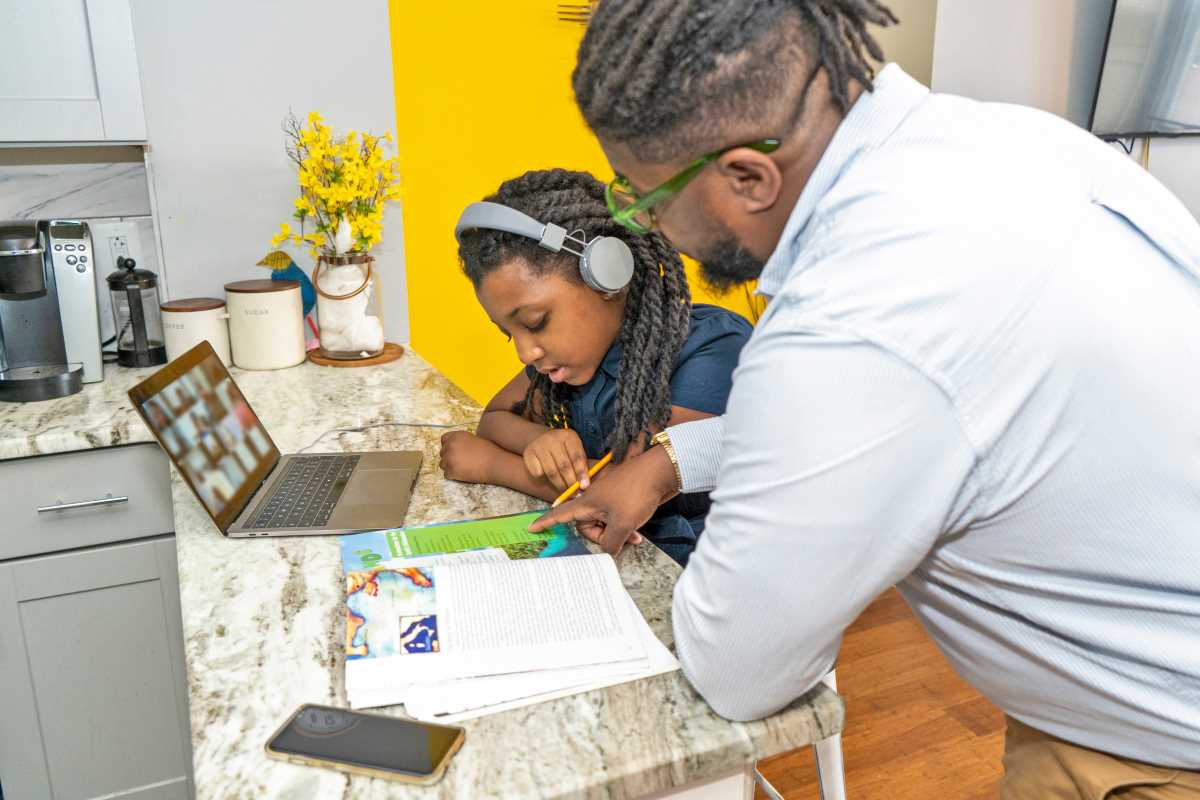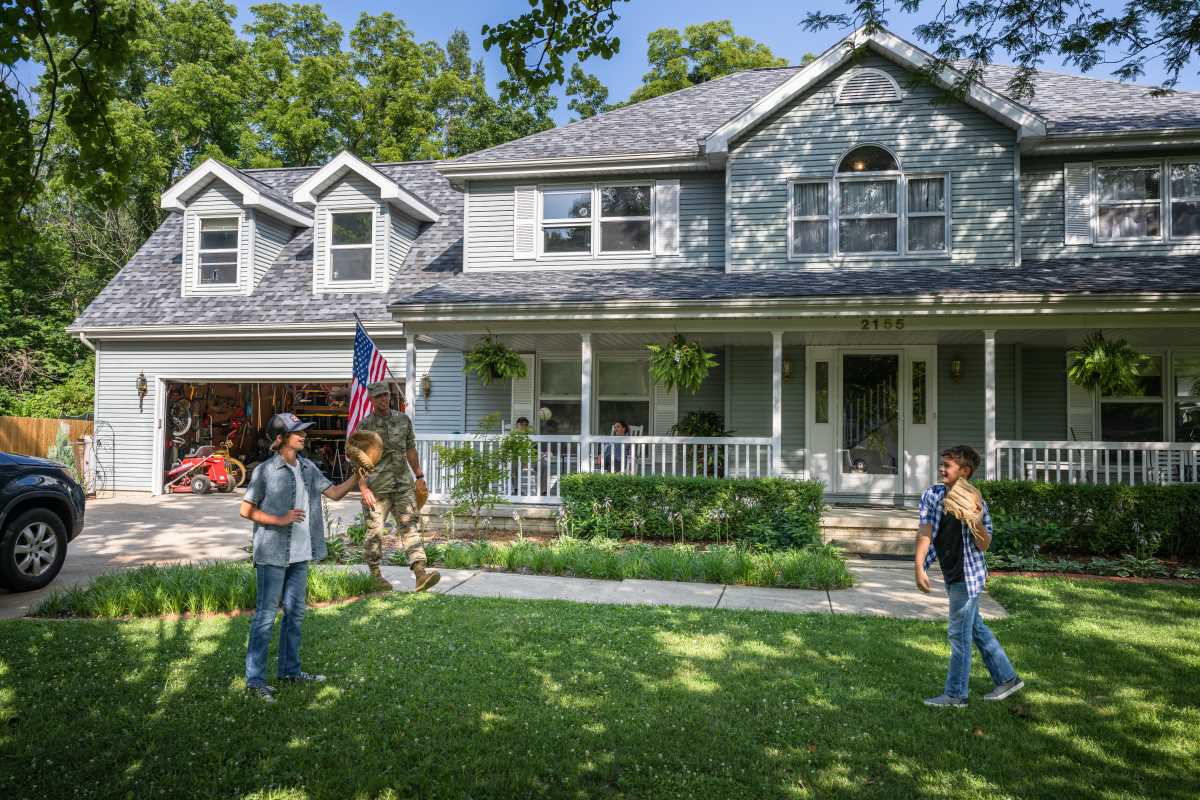Designing a family home is no small task. It requires a balance between beauty and practicality while meeting the shifting needs of a growing family. From durable materials to flexible furniture, each design decision impacts the home’s ability to function as a welcoming haven and a resilient space for everyday life.
Below, we’ll explore how designers can create spaces that are both stylish and functional, offering detailed tips to make every corner of a family home work harder for its occupants.
Prioritizing Function Without Sacrificing Style
Family homes are the scenes of life’s messiest moments, from kids' mud-streaked sneakers to dinner parties with friends. While an attractive design adds joy, functionality ensures the space serves everyone. Here’s how to marry both priorities:
1. Choose Durable Materials
Family life is full of spills, scrapes, and heavy use. That’s why picking the right materials for furniture, flooring, and finishes is essential:
- Stain-Resistant Fabrics
- Upholstery in high-traffic areas like living rooms or dining spaces should resist stains and wear. Opt for performance materials like Crypton, microfiber, or performance velvet. These fabrics are not only durable but also come in a variety of colors and patterns. Tip: Darker shades or patterned designs tend to hide stains better, prolonging the life of your furniture.
- Hardwearing Flooring
- Family homes require floors that can handle everything from spilled snacks to the clickety sound of pets’ nails. Luxury vinyl planks replicate the look of hardwood but are water-resistant and scratch-proof. Similarly, porcelain or ceramic tiles are ideal for messy zones like kitchens.
- Washable Rugs
- Rugs bring warmth to a room, but in family homes, they’re also magnets for dirt. Opt for machine-washable rugs that can easily be cleaned after art projects or snack mishaps. Many brands now offer rugs with peel-off layers for easy maintenance, combining convenience with style.
2. Design With Storage in Mind
A well-designed family home keeps clutter at bay. With kids’ toys, sports equipment, and daily essentials, smart storage is a non-negotiable.
- Storage Ottomans
- These pieces pull double duty, serving as extra seating while hiding toys, books, or throws. Choose a color or texture that complements your room’s theme to keep everything cohesive.
- Integrated Shelving
- Combining open and closed shelving creates the perfect balance between beauty and practicality. Display framed family photos or books on open shelves while stowing board games or less visually appealing items behind closed doors.
- Mudroom Lockers or Cubbies
- Customizable mudrooms with lockers or cubbies for each family member can instantly streamline chaotic mornings. Include hooks for backpacks, benches for pulling on shoes, and individual baskets for smaller items like gloves or hats.
Tip: Label storage bins by category (e.g., “Craft Supplies,” “Toys for Outdoors”) to make tidying up much easier for kids.
3. Opt for Flexible Furniture
Family spaces often have multiple purposes, from homework zones to movie nights. Flexible furniture makes the most of these multifunctional areas.
- Extendable Dining Tables
- A compact dining table with leaves can expand when extended family or friends come over. When not entertaining, it can stay small to maximize room space. Round tables with extendable features are particularly great for families with young kids since they reduce sharp edges.
- Convertible Sofas
- For family homes without a guest room, a convertible sofa offers a practical solution. By day, it’s a comfortable couch; by night, it transforms into a cozy bed for overnight guests.
- Stackable and Nesting Furniture
- Stackable stools or nesting tables can be tucked away when not in use, freeing up floor space. These are especially helpful in playrooms, offering seating for kids’ activities without taking up unnecessary space.
4. Create Kid-Friendly Zones
A family home isn’t complete without areas dedicated to kids—but these can still blend seamlessly into your overall design.
- Play Corners
- Think beyond the bright plastic toys scattered across the living room. Use woven storage baskets to manage toys and add stylish, washable mats for soft play areas. Play corners don’t have to scream “kids’ zone”—they can blend into the larger design.
- Homework Nooks
- Create a space for focus and creativity. A small desk with adjustable seating caters to growing kids while keeping work supplies contained. Consider using chalkboard paint in this area for a fun, functional surface where kids can jot down notes.
- Outdoor Extensions
- Utilize the backyard or patio to expand your family’s functional space. Install an outdoor playset that matches the natural surroundings, or design a family-friendly patio complete with weather-resistant furniture and soft cushions to mimic indoor comfort.
5. Bring Personality Into the Space
A family home comes to life with personal touches, reflecting the unique stories and experiences of its residents.
- Gallery Walls
- Dedicate a wall to frames that showcase a mix of family photos, kids’ drawings, and travel mementos. Vary the sizes and shapes of the frames for an eclectic yet cohesive look.
- Statement Lighting
- From industrial-style pendant lights to sculptural floor lamps, lighting can set the mood while acting as a décor focal point. Don’t shy away from pieces that feel bold or unique.
- Colorful Accents
- Accessories like throw pillows, blankets, and ceramic vases are easy ways to add color to a room. This approach allows flexibility to switch up your decor as seasons or preferences change.
Pro Tip: If your family loves vacations or has traditions, incorporate them into your design. For instance, mount shadow boxes filled with souvenirs or hang a map where everyone can pin places they’ve been.
Balancing Calmness and Playfulness
The ideal family home offers spaces for both relaxation and energy-filled activity. Creating these contrasts can make the home more functional for everyone.
- Calm Zones
- Shared living rooms or master bedrooms should provide a retreat from the busyness of everyday life. Decorate with neutral, earthy tones and soft textures like plush area rugs and room-darkening curtains. Comfortable sofas and recliners equipped with cozy throws complete the relaxed atmosphere.
- Active Areas
- Family or game rooms can feature brighter hues, bold patterns, or interactive features like chalkboard walls or magnetic panels. Create seating clusters ideal for board games or movie marathons, making these spaces as versatile as they are lively.
Tip for Parents: Add functionality to play areas with built-in seating that includes storage, keeping the space tidy when playtime wraps up.
Lighting for Versatility
Lighting is often overlooked, but it plays a critical role in making spaces look and feel the way you want. Layered lighting ensures flexibility for the room’s many uses.
- Ambient Lighting
- Ceiling fixtures, recessed lighting, or chandeliers create an even base of light in the space, making it feel bright and open.
- Task Lighting
- Kitchens, offices, and vanity areas benefit from task-specific lights such as under-cabinet LEDs or adjustable desk lamps. These focus light where you need it most.
- Accent Lighting
- Highlight family heirlooms, artwork, or decorative elements with strategically placed accent lights. Wall sconces or up-lights bring warmth and dimension to a room.
If you’re redesigning a family room, consider dimmer switches so you can adjust brightness levels depending on the activity (movie night versus daytime reading).
Vintage vs. Modern: A Perfect Mix
Mixing design styles adds personality and depth without feeling like a catalog. For family homes, blending vintage and modern can create spaces that are dynamic and inviting.
- Dining Rooms
- Marry a refurbished farmhouse table with sleek, molded plastic chairs for a high-contrast yet unified look.
- Living Areas
- Pair mid-century modern cabinets with a contemporary sectional sofa. Add a cozy throw and an antique side table for a curated but livable vibe.
Combining eras tells a story in every room, making the home feel both sophisticated and personal.
Final Touch: The Outdoor Connection
Outdoor spaces are extensions of the home, offering more opportunities for family time and relaxation. Design these areas to reflect the same care and creativity you put into interiors.
- Multipurpose Patios
- Invest in outdoor furniture that’s comfortable, durable, and can serve multiple needs, like sectionals with hidden storage or folding tables for larger gatherings.
- Detailed Décor
- Bring touches of your home’s interior design outdoors with string lights, outdoor rugs, and throw pillows. Weatherproof plant pots and textiles ensure these items withstand the elements.
- Child-Friendly Features
- Build a sandbox or install a swing set that matches the outdoor aesthetic. Meanwhile, a small fire pit or garden feature can encourage family bonding and play.
Tip for Families with Pets: Design parts of the yard with safe, pet-friendly landscaping so everyone—including furry family members—has a spot to enjoy.
Building Homes, Building Memories
Family homes are not just places to live; they’re where milestones are celebrated, challenges are embraced, and joyful memories are made. By blending versatile functionality with thoughtful design, interior designers can craft spaces that grow seamlessly alongside the families they serve. A home designed with care offers more than beauty or convenience—it becomes the heart of a family’s life.
Looking for more ways to inspire your family-friendly designs? Start by experimenting with these tips and customizing them to meet the unique rhythms and needs of your home.
 (Image via
(Image via





